AI voices and Deepfake technologies represent impressive tools that can be used in many applications. In this tutorial, you will dive into the offerings of leading companies such as Meta (Facebook), Google, Amazon, and Hugging Face. You will learn how these tools work and how you can use them in your own project.
Main Insights
- Facebook's Voicebox is a promising open-source tool that will eventually provide access to powerful features.
- Google offers a text-to-speech API that is comprehensive but can also be paid.
- Amazon Polly is another option you can consider. Hugging Face provides an interesting and free solution called Bark.
Step-by-Step Guide
1. Basics and First Steps with Meta's Voicebox
It is important to start by looking at Meta's Voicebox. This tool is offered as open source and could be available for free in the future. Currently, you do not have direct access yet, but it is worth staying informed about the developments.
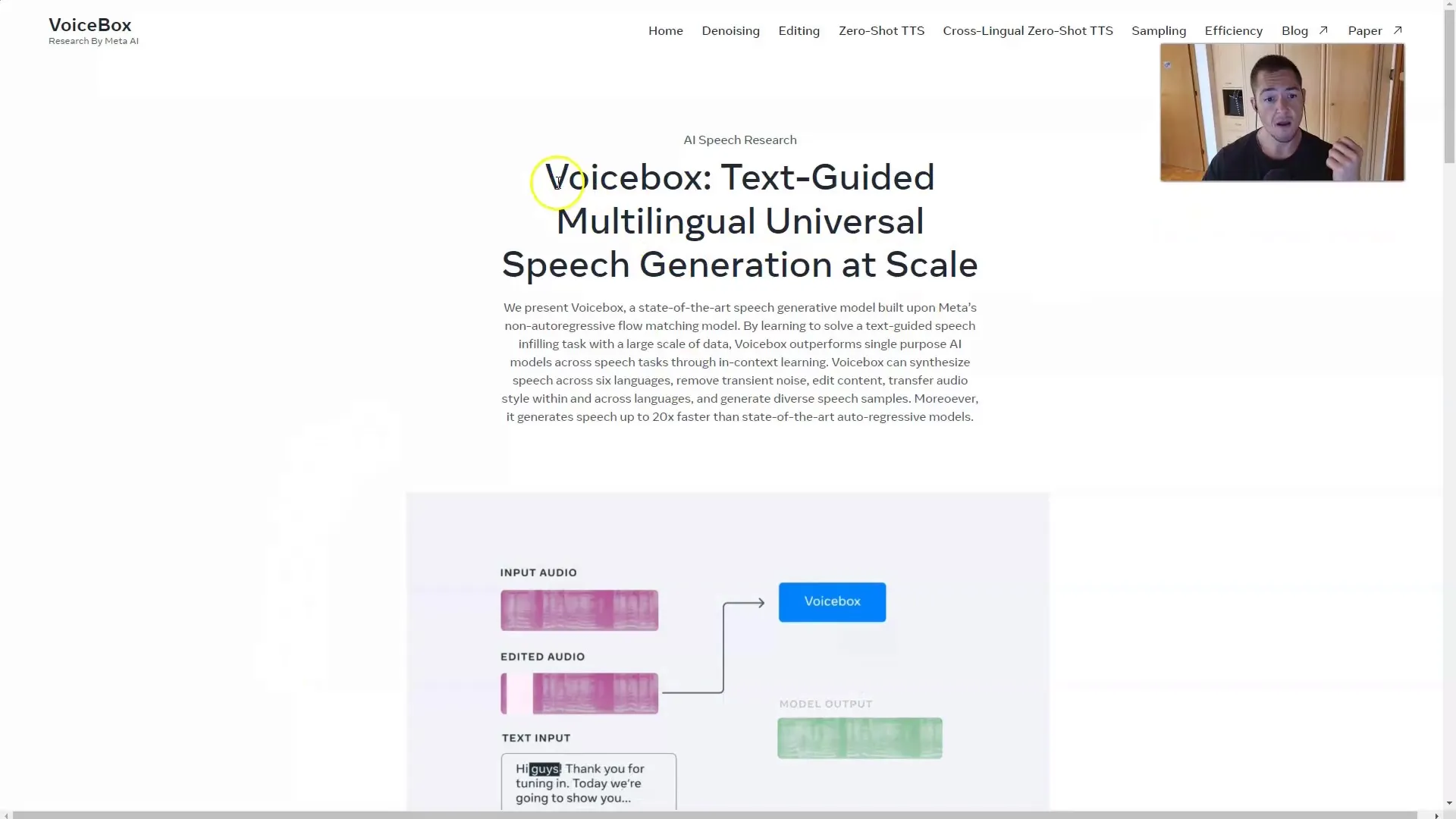
Facebook offers the possibility to perform voice cloning and edit your audio. Media content can be easily converted - whether from text to speech or vice versa. These features demonstrate how powerful the technology has become.
2. Using Google Colab for Text-to-Speech
If you want to use Meta's text-to-speech function, you need Google Colab. Here you can set up a simple notebook. Choose the desired language and input your text.
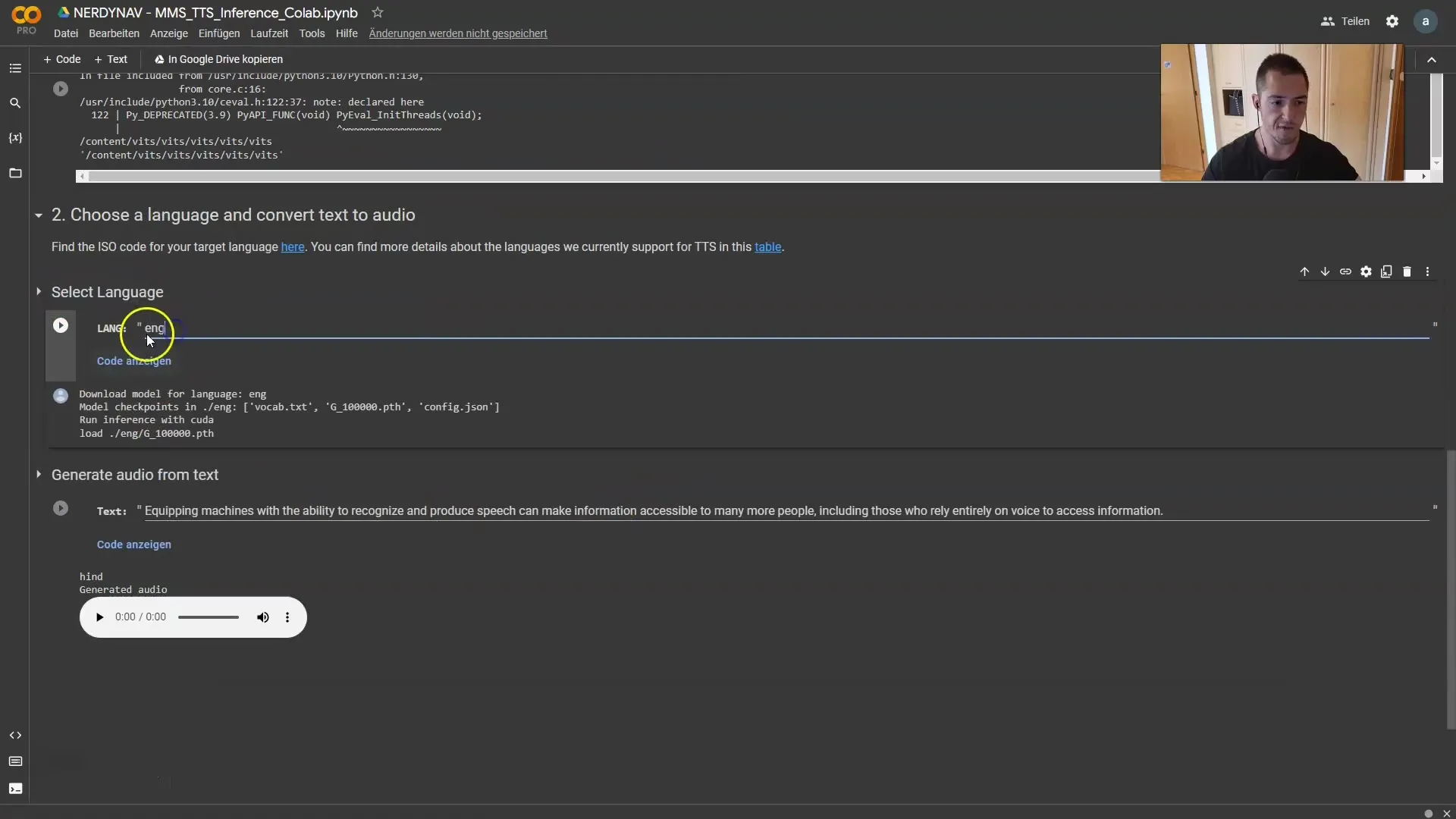
Once you have made your inputs, you can run the cells. You will have to confirm that you want to run the code from the GitHub repository.
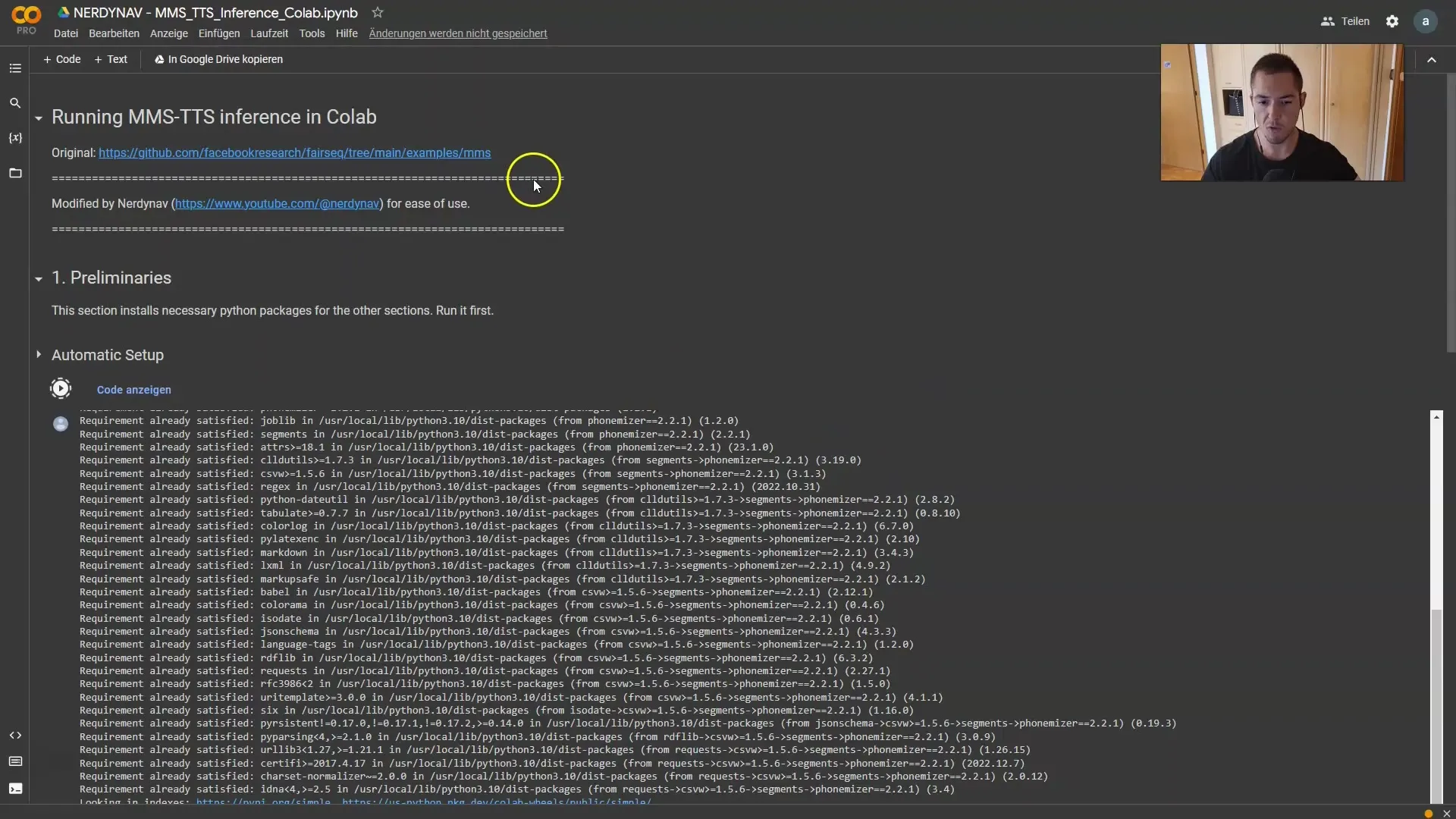
The notebook works quickly and efficiently. Upon completion of the execution, you will receive the generated audio that reproduces your texts.
3. Google Text-to-Speech API
Another tool that belongs to the big players is Google's Text-to-Speech API. You mainly need to connect your API. The first 300 US dollars are free, after which you pay per letter.
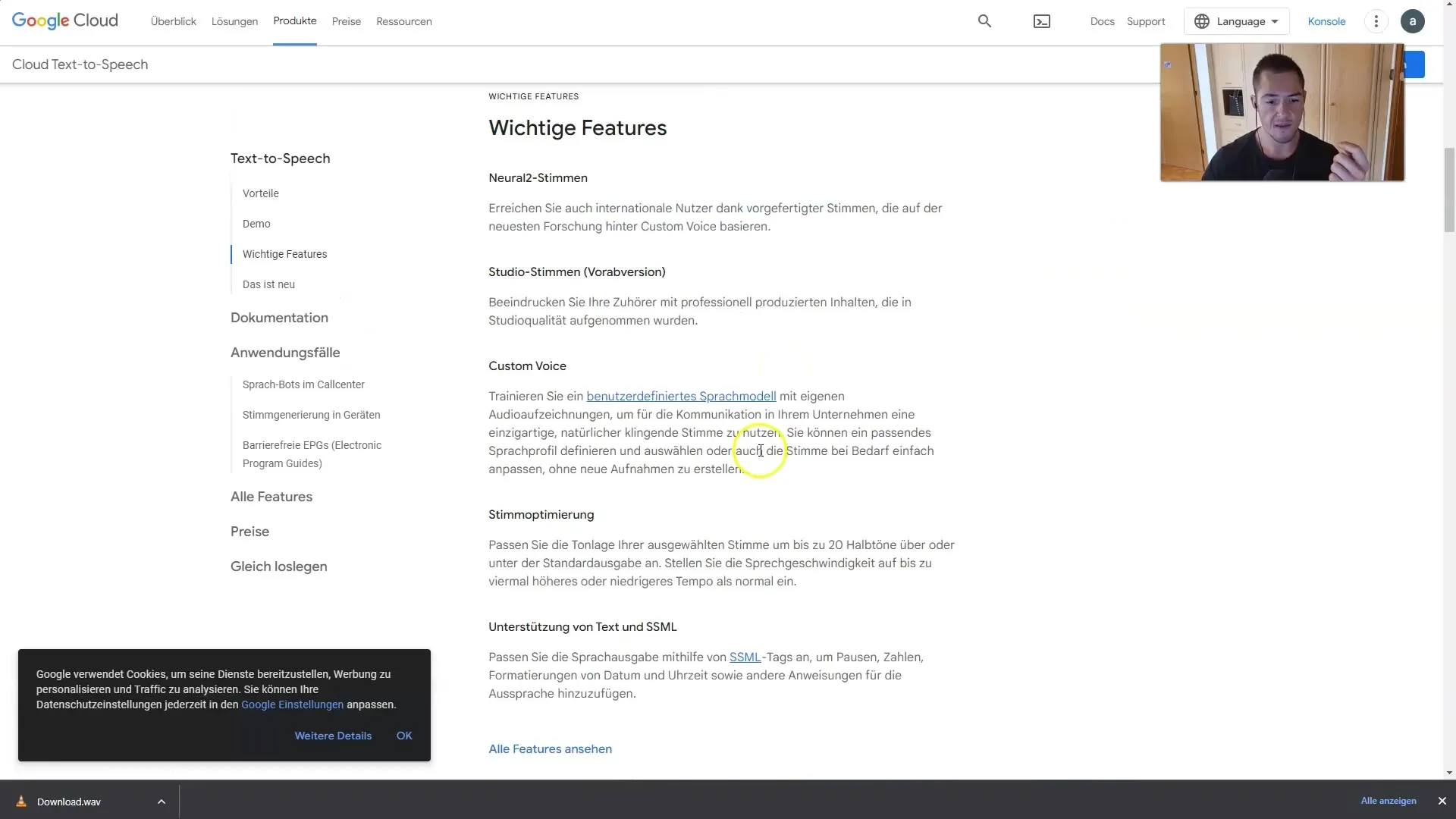
However, the pricing structure should not be avoided. While they offer a comprehensive API, you may still be better off with Meta if you are looking for simpler but effective solutions.
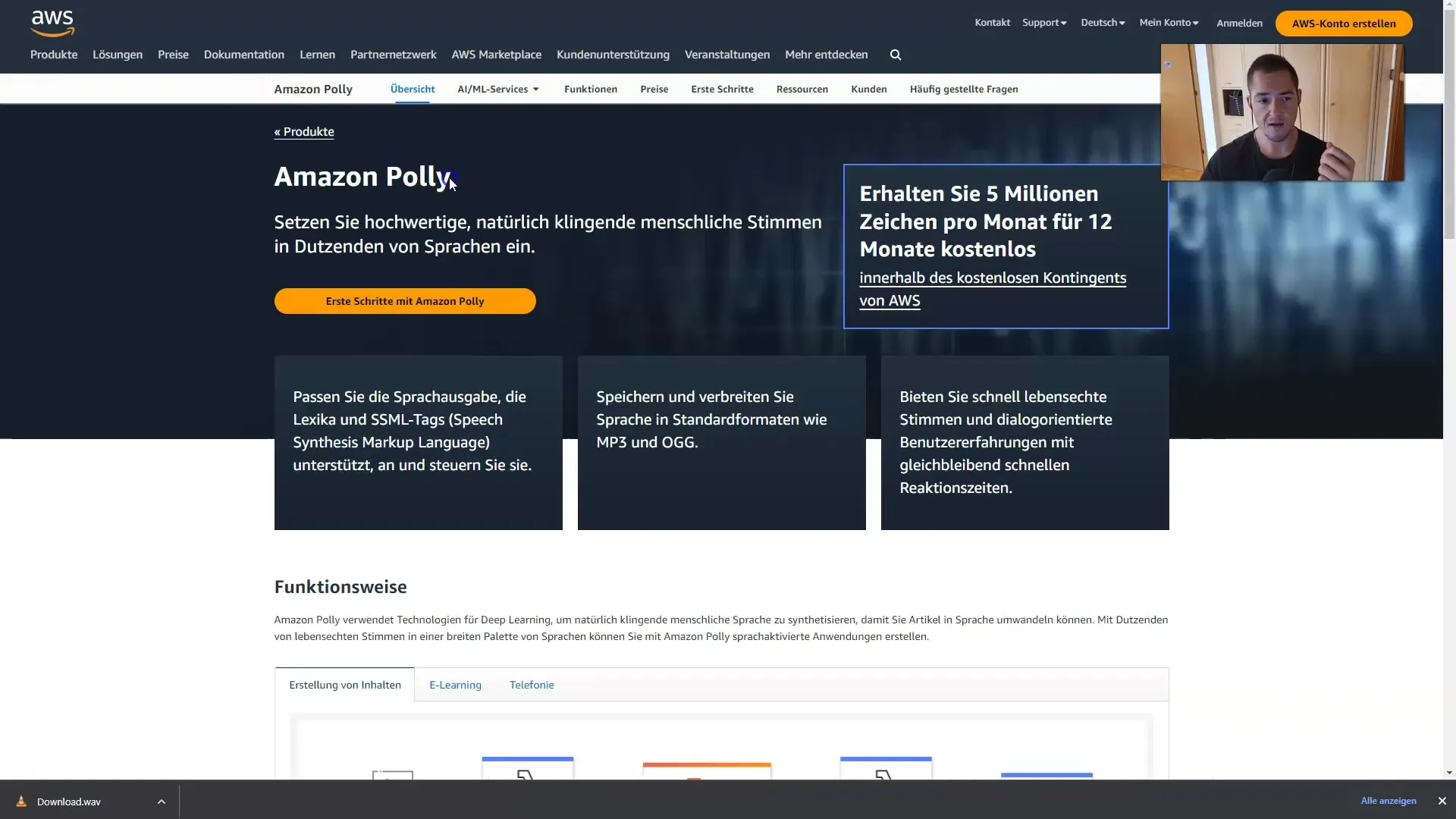
4. Amazon Polly
Amazon Polly is another option worth looking into. Here, you also need to enter your API information before you can use the voices. You can obtain the key information in the AWS console.
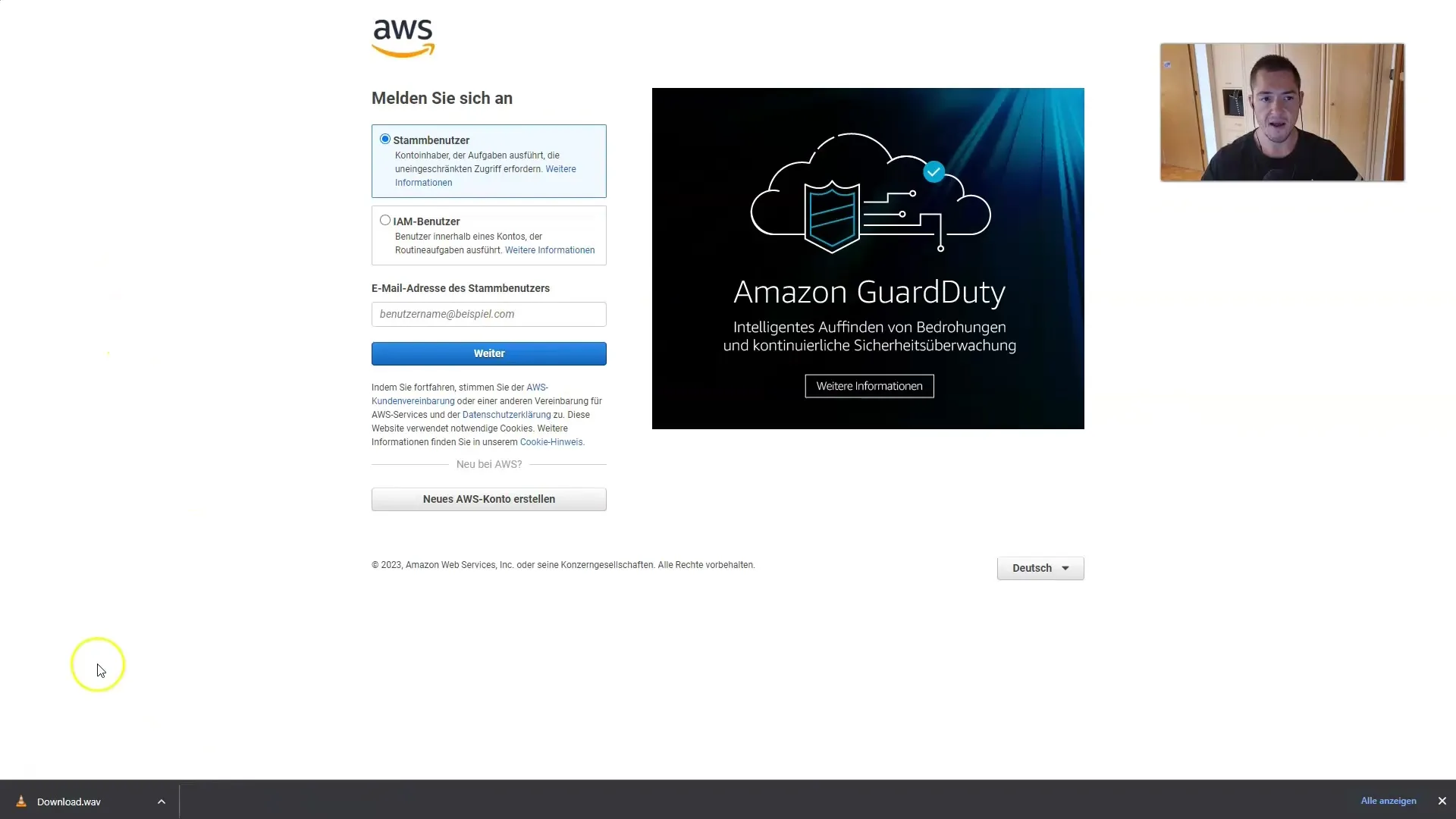
Amazon offers some good tools, but their pricing structure may appear high compared to Meta's offerings.
5. Free Usage of Hugging Face with Bark
Hugging Face introduces a very personal project - Bark. Here you can quickly and freely enter your text and have it generated.
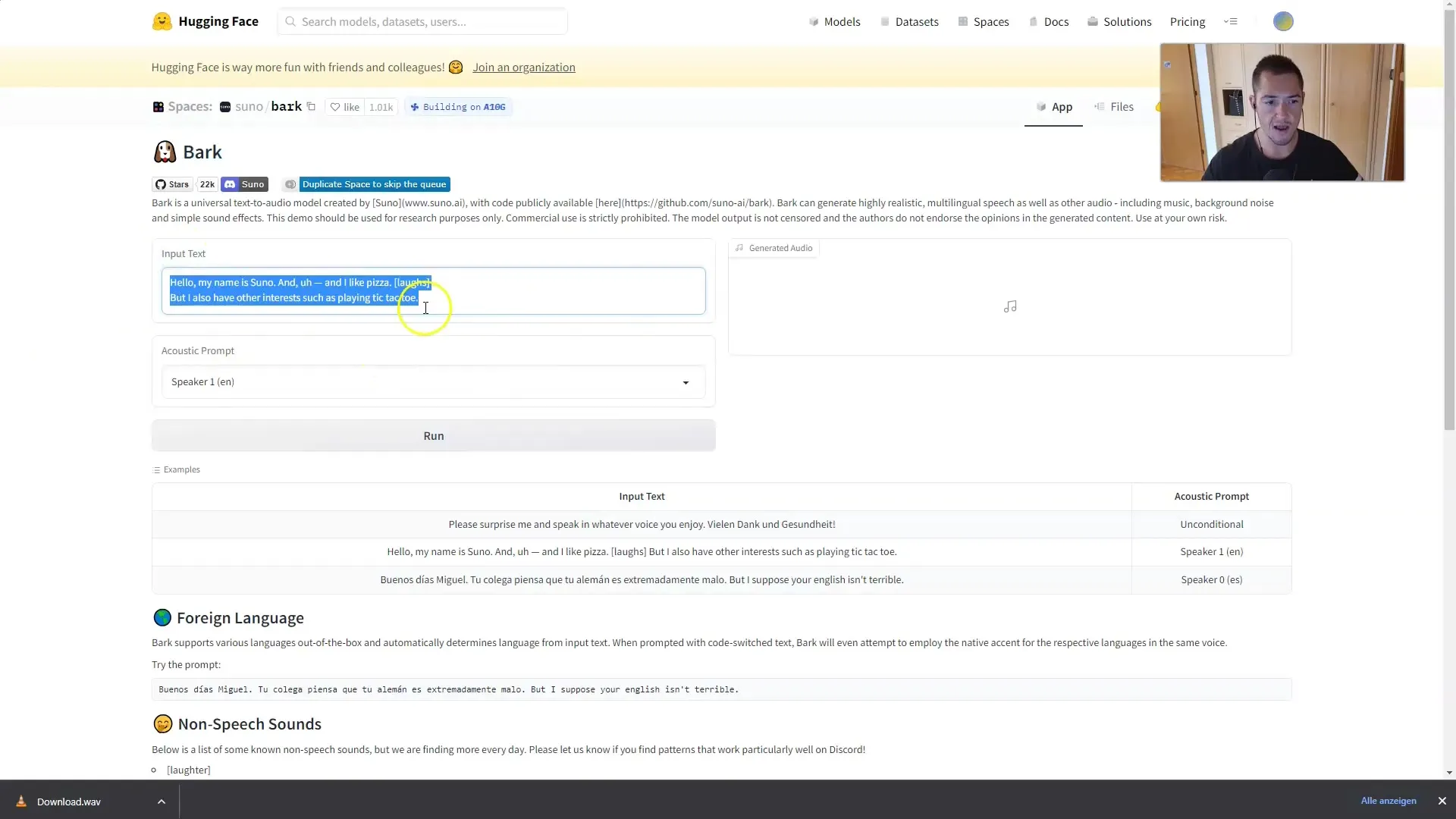
The tool works swiftly, although there may be waiting times when many users are simultaneously using the system. But after a short while, you will receive the output of your text in audio form.
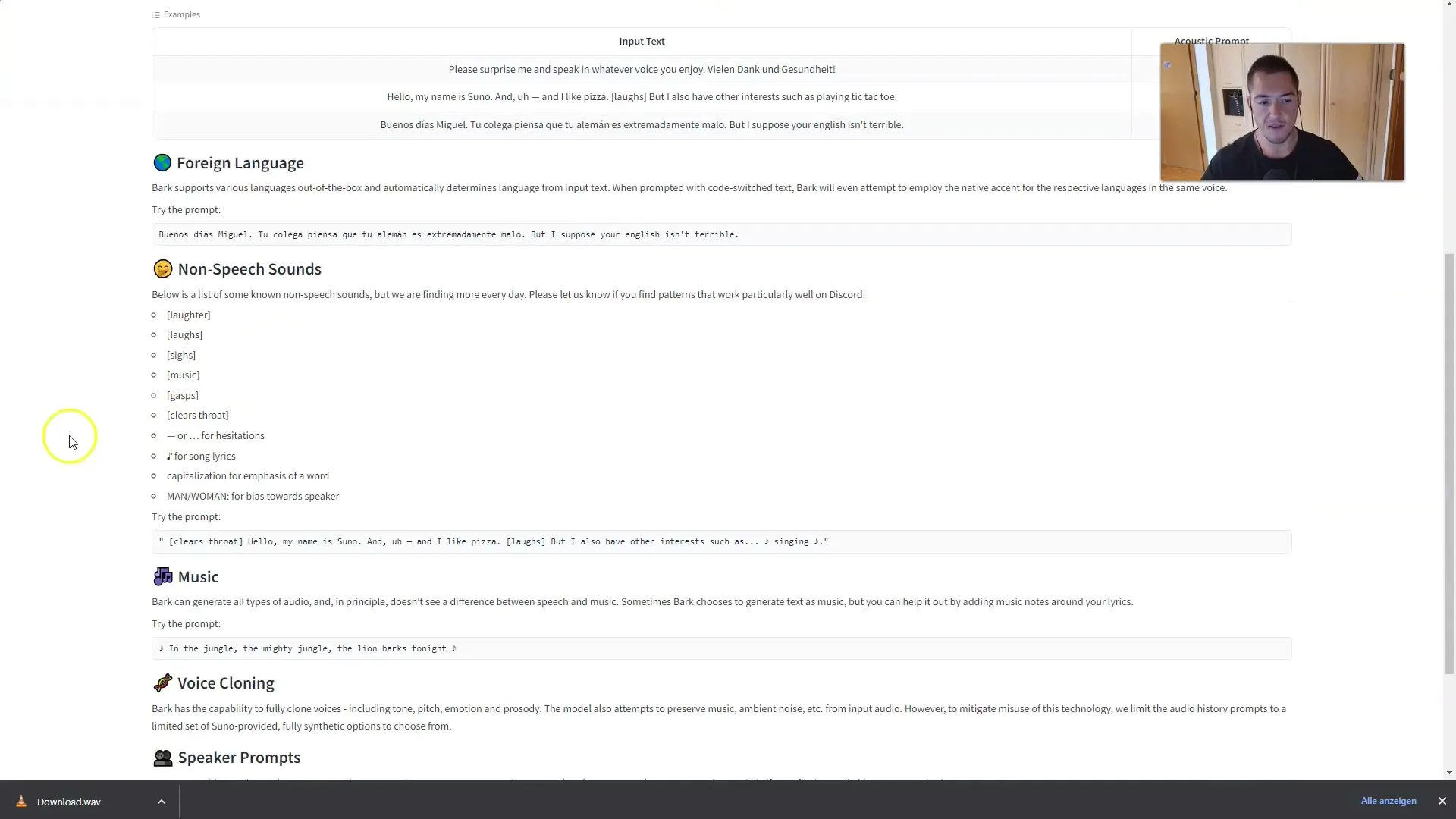
6. Summary and Outlook
In conclusion, Meta's offerings are currently at the forefront, especially when free-to-use functions are desired. Hugging Face surprises with its open solutions, which can prove to be useful.
However, if you want to rely on a professional API or work on large projects, the tools from Google and Amazon are also worth considering.
Summary
In this tutorial, you have learned about the leading platforms for AI-generated voices. Meta's Voicebox could be one of the top solutions in the future, while Google and Amazon offer robust but more expensive alternatives. Hugging Face provides an interesting option for private projects.
Frequently Asked Questions
How can I use Meta's Voicebox?Currently, there is no access yet, but it will be available as Open Source in the future.
Are Google's tools really expensive?The first 300 US dollars are free, then you pay per letter.
What is Amazon Polly?Amazon Polly is a Text-to-Speech service from Amazon Web Services that offers various voices.
Can I use Hugging Face for free?Yes, Hugging Face offers a free solution for Text-to-Speech with Bark.
Where can I find Facebook's open-source project?The code base for Meta's Text-to-Speech is available on GitHub.


